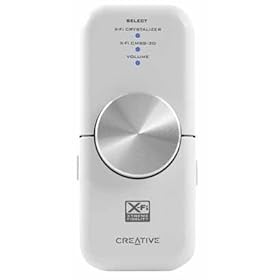INA163
Hi all,
I have tested the INA163 instrumentation amplifier in a differential PI front-end. It has similar noise performance to SSM2019 but the INA163 should be preferred due to active low pass filter possibility.
At the gain of 1000, I have picked up a lot of noise from the unshielded coil. The common mode noise in the coil cable can be eliminated but of course not the inductively induced noise in the coil itself.
As the bandwith of the inst amp is high, there is quite huge high frequency noise (also 50 Hz mains hum). The Vo1 and Vo2 outputs of the INA163 can be used to reduce the bandwitdh by connecting two capacitors to GS1 and GS2. Additionally, a differential RFI filter can be used in the input stage at the expense of additional capacitive load to the coil.
The CMRR and PSRR suffers on high frequency range (common problem).
I will also test a single op-amp difference amplifier to see the performance difference.
I see where many potentials are available to make a quiet PI front-end.

Aziz
Hi all,
I have tested the INA163 instrumentation amplifier in a differential PI front-end. It has similar noise performance to SSM2019 but the INA163 should be preferred due to active low pass filter possibility.
At the gain of 1000, I have picked up a lot of noise from the unshielded coil. The common mode noise in the coil cable can be eliminated but of course not the inductively induced noise in the coil itself.
As the bandwith of the inst amp is high, there is quite huge high frequency noise (also 50 Hz mains hum). The Vo1 and Vo2 outputs of the INA163 can be used to reduce the bandwitdh by connecting two capacitors to GS1 and GS2. Additionally, a differential RFI filter can be used in the input stage at the expense of additional capacitive load to the coil.
The CMRR and PSRR suffers on high frequency range (common problem).
I will also test a single op-amp difference amplifier to see the performance difference.
I see where many potentials are available to make a quiet PI front-end.

Aziz






Comment